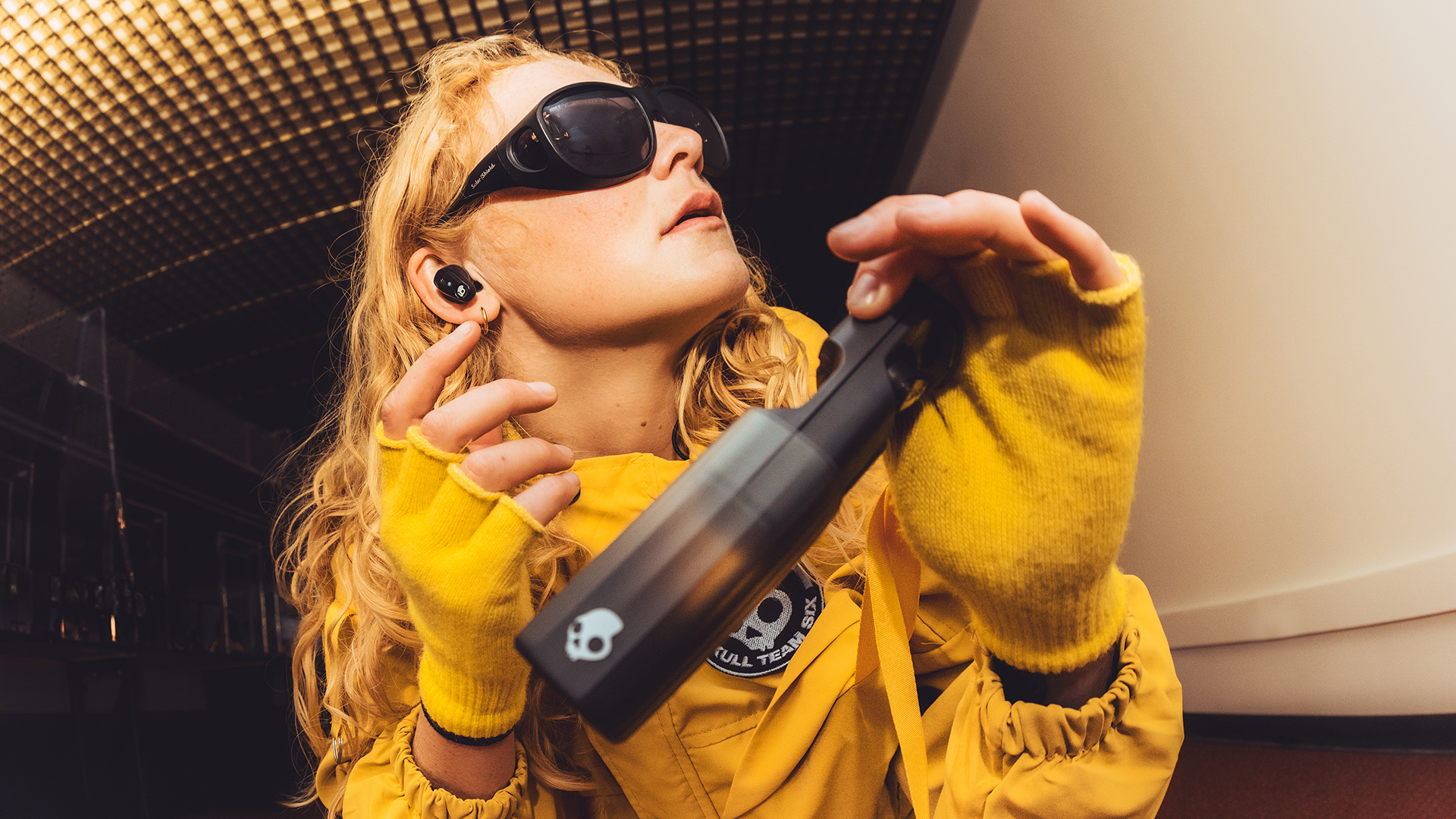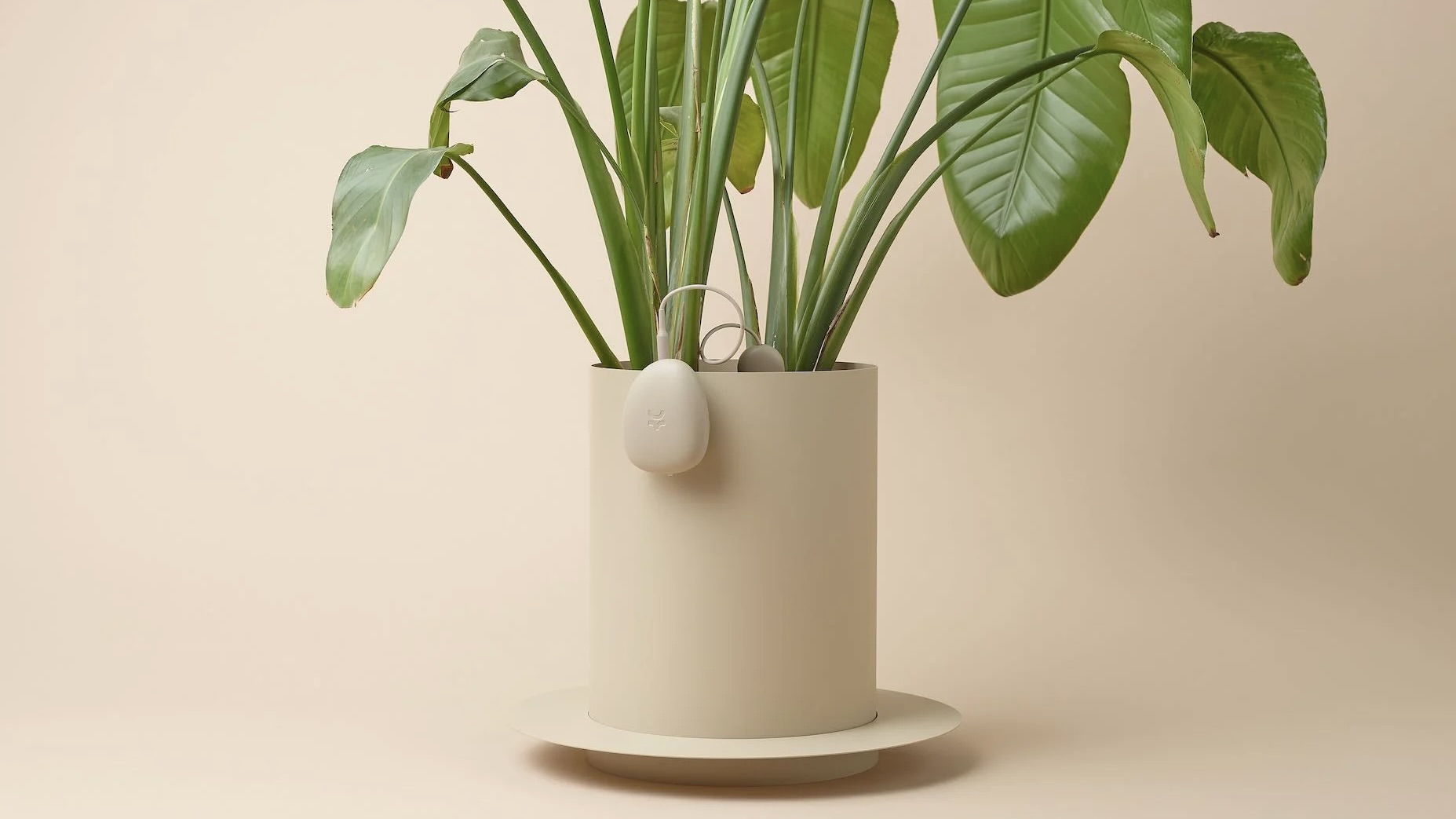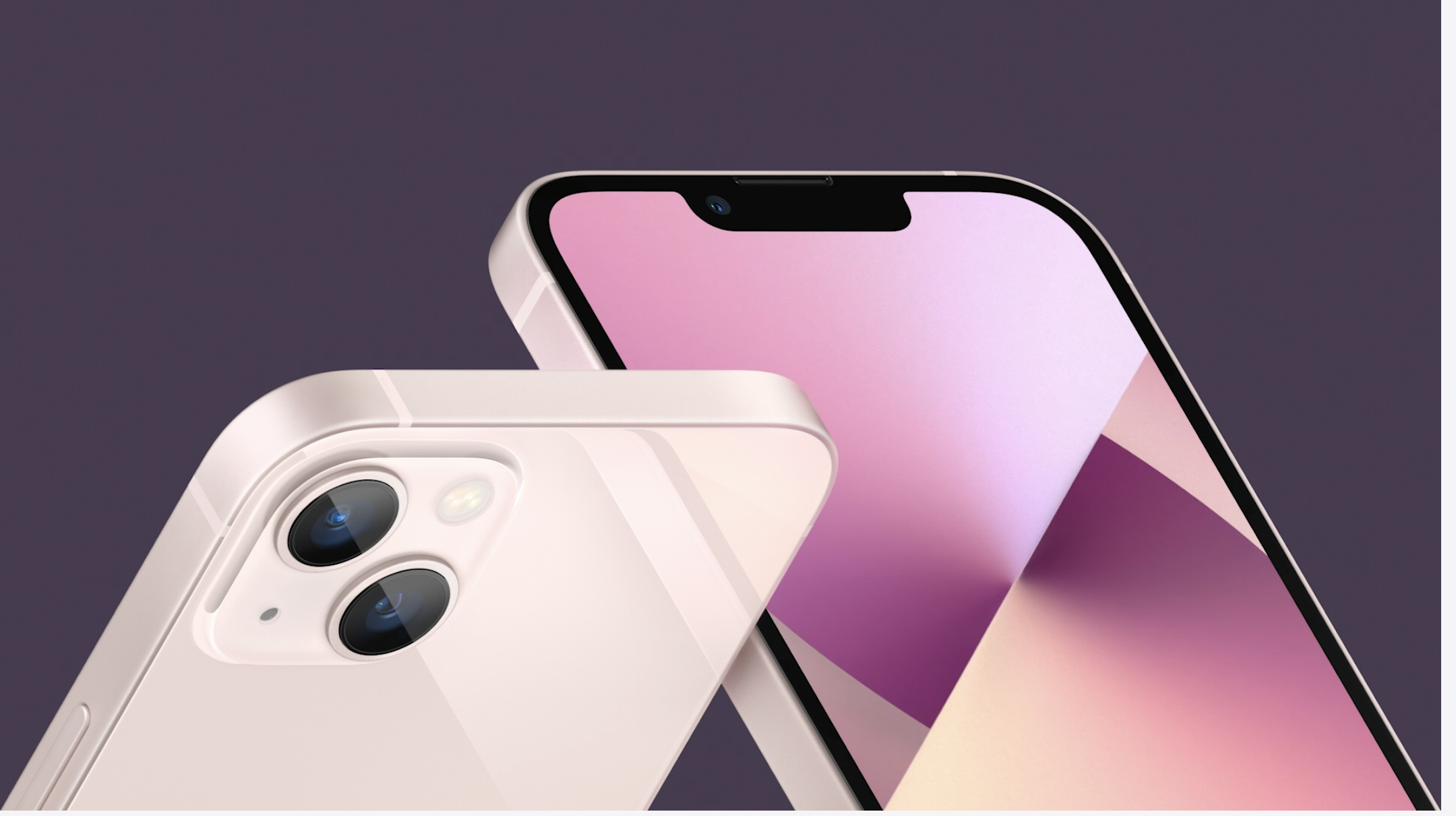

The iPhone 13 range of phones is now officially unveiled and, unsurprisingly, Apple has pushed the boundary of what a smartphone can do once more.
Indeed, some of the new features and upgrades delivered by the iPhone 13 are so impressive than I think Android should steal them, and fast.
And, when I mean Android, I mean Android devices in general. I'm talking about wide-spread adoption here, not just one device or even one brand. As such, while there are features here that Android phones already deliver (at least in terms of rough feature parity), I feel it would be better for everyone if the majority of Android phones supported them.
Below are 7 things Android should steal from the iPhone 13.
1. A15 Bionic
When Apple reeled off the performance delivered by the A15 Bionic, I just felt really bad for every Android processor maker, and specifically Qualcomm and its Snapdragon range.
The A14 Bionic, even after a year of new releases by its Android rivals, was still rinsing the competition in terms of speed and performance, so when the A15 drops in a matter of days, Apple is claiming that it's a full "50 per cent faster" than Android competition. If that true (we'll test it as soon as we can), that's not so much pulling into a lead as it leaving Android stone cold dead on the starting line.
The A15 Bionic is built on 5nm tech and delivers 15 billion transistors, a 6-core CPU, 4-core or 5-core GPU and a 16-core neural engine, which when combined together can deliver 15.8 trillion operations per second. Just... wow!
Sign up to the T3 newsletter for smarter living straight to your inbox
Get all the latest news, reviews, deals and buying guides on gorgeous tech, home and active products from the T3 experts
It's an absolute monster and it means that the iPhone 13 is going to not only continue its dominance in this area, but likely pull further away, too. The speed and performance of the iPhone 13 in benchmarks and in real world applications is going to be through the roof.
Android chip makers need to steal the secret behind the A15 Bionic's power, and fast.
2. Cinematic Mode
Yes, yes I know. Many Android phone have got their own cinema-aping shooting modes, but there's no doubting that the iPhone 13's Cinematic Mode looks like a marked upgrade over all of them.
Cinema Mode uses rack focus to seamlessly transition focus on the fly, with AI automatically detecting when a subject is about to enter the scene, and even tracking where subjects are looking to cleverly shift focus, too. Blur and focus can be completely adjusted after the video has been shot as well through Apple's Photos app.
Apple showed the iPhone 13 being used to shoot professional films in a variety of settings and this Cinematic Mode seemed to be the difference maker. If every Android phone could rock something similar, that would really unlock creativity and empower amateur film makers to reach new heights.
3. Face ID
Face ID remains the benchmark for biometric facial recognition security, with a TrueDepth camera system used to create a detailed 3D map of an iPhone 13 user's face.
Then every single time that user looks at their iPhone to open it, the camera system's advanced invisible dot projector throws out a web of over 30,000 invisible infrared dots to create a 3D pattern and then match it with the user's map.
This means that the chance of a stranger being able to unlock the user's phone with Face ID is stated by Apple to be one in one million, which is simply incredible security.
And, while Android phones do have face unlock security, none is as secure as Face ID, and the quality of them shifts massively between brands. As such, Android should steal Face ID from iPhone 13 sharpish.
4. ProRes video
For any user who likes to capture video footage and then edit it in high quality, the iPhone 13's ability to record in ProRes is a gamechanger.
ProRes, in its simplest description, is a compressed video format, but in truth it is actually a term to describe a family of six quality standards, which range from ProRes 422 Proxy right up to ProRes 4444 XQ.
These standards vary in compression and image quality, but the key thing is that they are very undemanding in terms of processing resources, something that means much easier editing on a computer. For example, ProRes video is much easier to handle in Final Cut Pro, Premiere Pro or DaVinci Resolve than, say, H.264 or H.265 video formats that are common on Android phones.
Right now ProRes is really only a thing that those involved in professional video editing know about and use, but with the tech coming to iPhone 13, it's now going to take the ability more mainstream than ever. iPhone 13 users will be able shoot in ProRes and then edit their video simply in iMovie, and we expect Apple will use it to capture much higher-quality footage than its default H.265 video mode, with more information retained for colour grading later.
Android, though delivering the ability to shoot in a very broad range of formats, doesn't have this simple, streamlined ability.
5. Recording in Dolby Vision
Android has technically been able to record video in Dolby Vision for a few years now, with Qualcomm introducing the potential for it with its Snapdragon 865 processor. However, just because there has been the potential for it definitely doesn't mean it has been adopted by Android phone brands, with many phones today still unable to record videos in Dolby Vision.
The Apple iPhone 13 can record in Dolby Vision, though, and once more that is a boon for creators and those who want to record their adventures in the best possible way. Surely it's time that recoding in Dolby Vision became widely available on Android?
6. Live Text optical character recognition
iOS 15 is the system software running on the iPhone 13, and that means the range gets access to Apple's new Live Text functionality.
This feature allows any text in any photo that appears on-screen – on the web, in the camera app, in saved photos and more – to be recognised, translated or extracted.
Once more, many Android phone makers have some sort of optical text recognition, but most only allow it through the camera app itself, while Apple's Live Text feature is basically useable phone-wide. It's also really easy to do, too.
This is the sort of tech and, crucially, integration of it, that mainstream Android should borrow quickly.
7. Ceramic shield
Android phones have done wonders over the years in terms of pushing the boundaries of smartphone protection, with specialist technologies enhancing a device's ability to withstand drops and scrapes.
The iPhone 13's Ceramic Shield tech, though, which is created by Corning (after a $450 million investment from Apple), is the officially the most protective shatterproof glass in the world, and it bestows upon the range fantastic scratch, chip and crack resistance.
That means that right now all Android phones are playing second fiddle to the iPhone 13, and that's another reason why the tech needs to be stolen and adopted pronto.
- iPhone 13 pre orders: secure your handset now
Rob has been writing about computing, gaming, mobile, home entertainment technology, toys (specifically Lego and board games), smart home and more for over 15 years. As the editor of PC Gamer, and former Deputy Editor for T3.com, you can find Rob's work in magazines, bookazines and online, as well as on podcasts and videos, too. Outside of his work Rob is passionate about motorbikes, skiing/snowboarding and team sports, with football and cricket his two favourites.
-
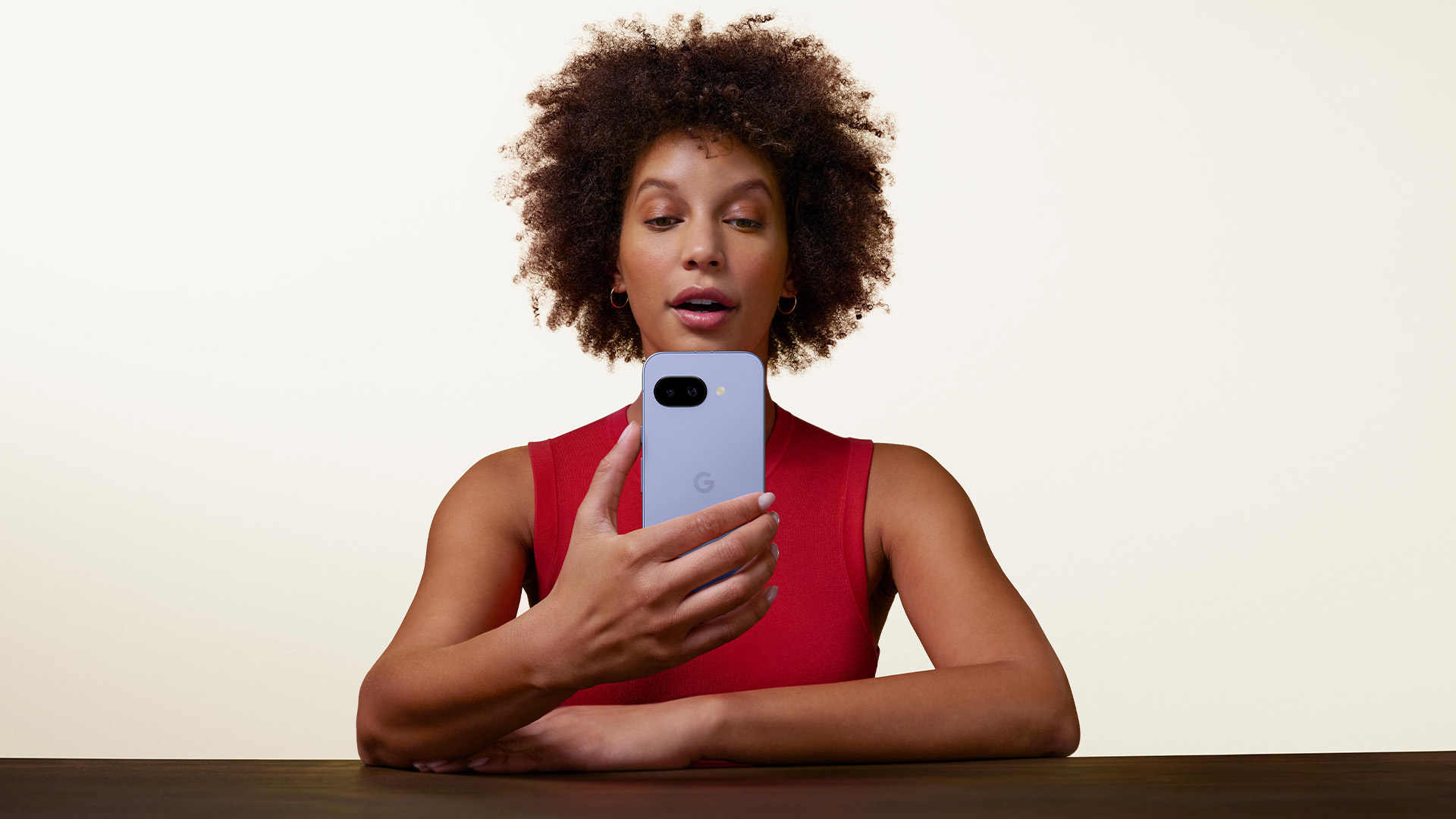 Google's Pixel 9a does one simple thing that could tempt me away from iPhones after a decade
Google's Pixel 9a does one simple thing that could tempt me away from iPhones after a decadeGoogle's played a blinder here
By Max Freeman-Mills
-
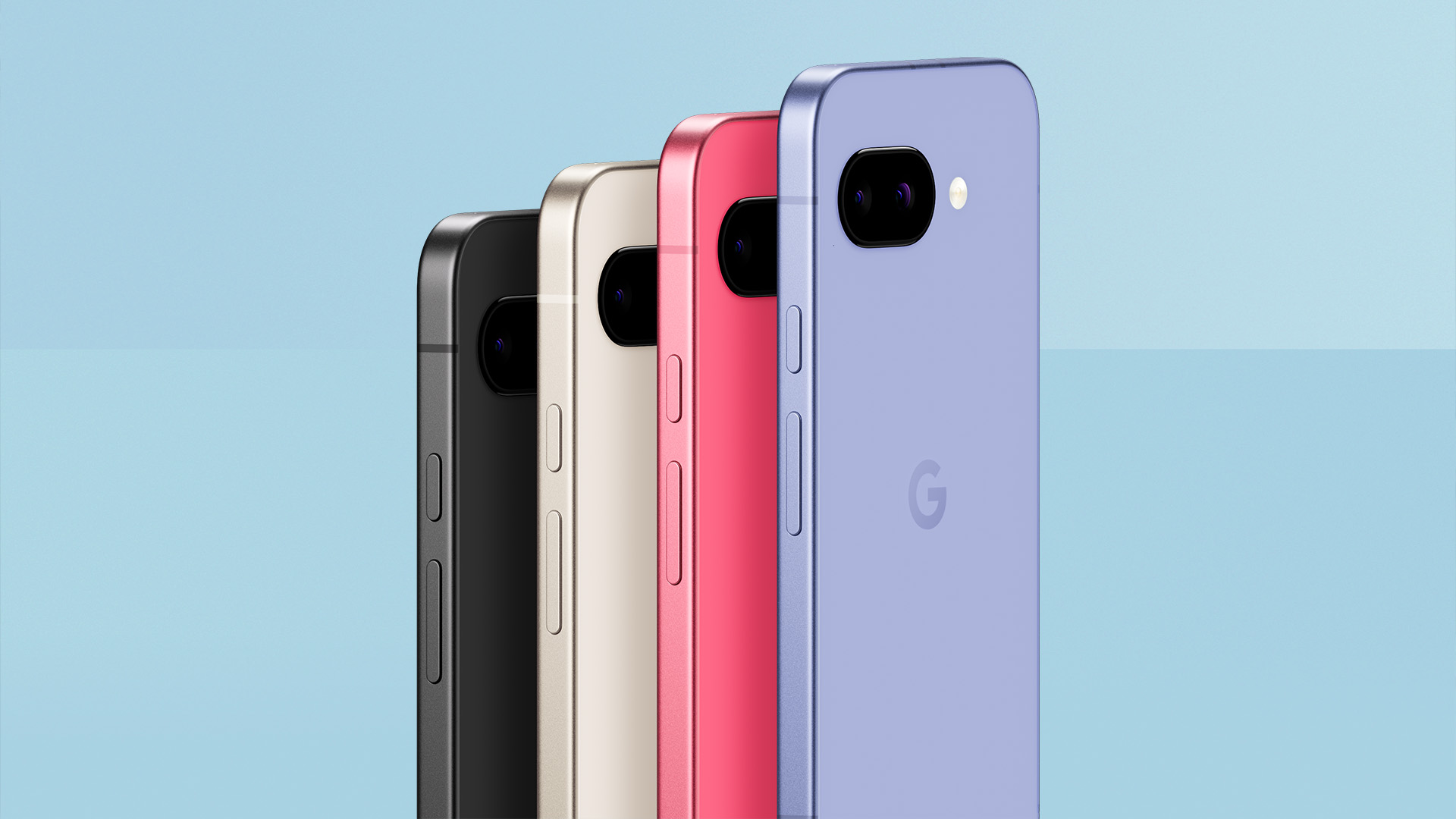 Google's new phone makes one huge, unexpected change
Google's new phone makes one huge, unexpected changeThe Pixel 9a is flat – that's big!
By Max Freeman-Mills
-
 I saw an AI feature that I'd actually use – and it's not what you might think
I saw an AI feature that I'd actually use – and it's not what you might thinkAI to help you detect other AI is a neat idea
By Max Freeman-Mills
-
 Honor suddenly adds Samsung-rivalling upgrade that'll last for years
Honor suddenly adds Samsung-rivalling upgrade that'll last for yearsIt's a big change, and a welcome one
By Max Freeman-Mills
-
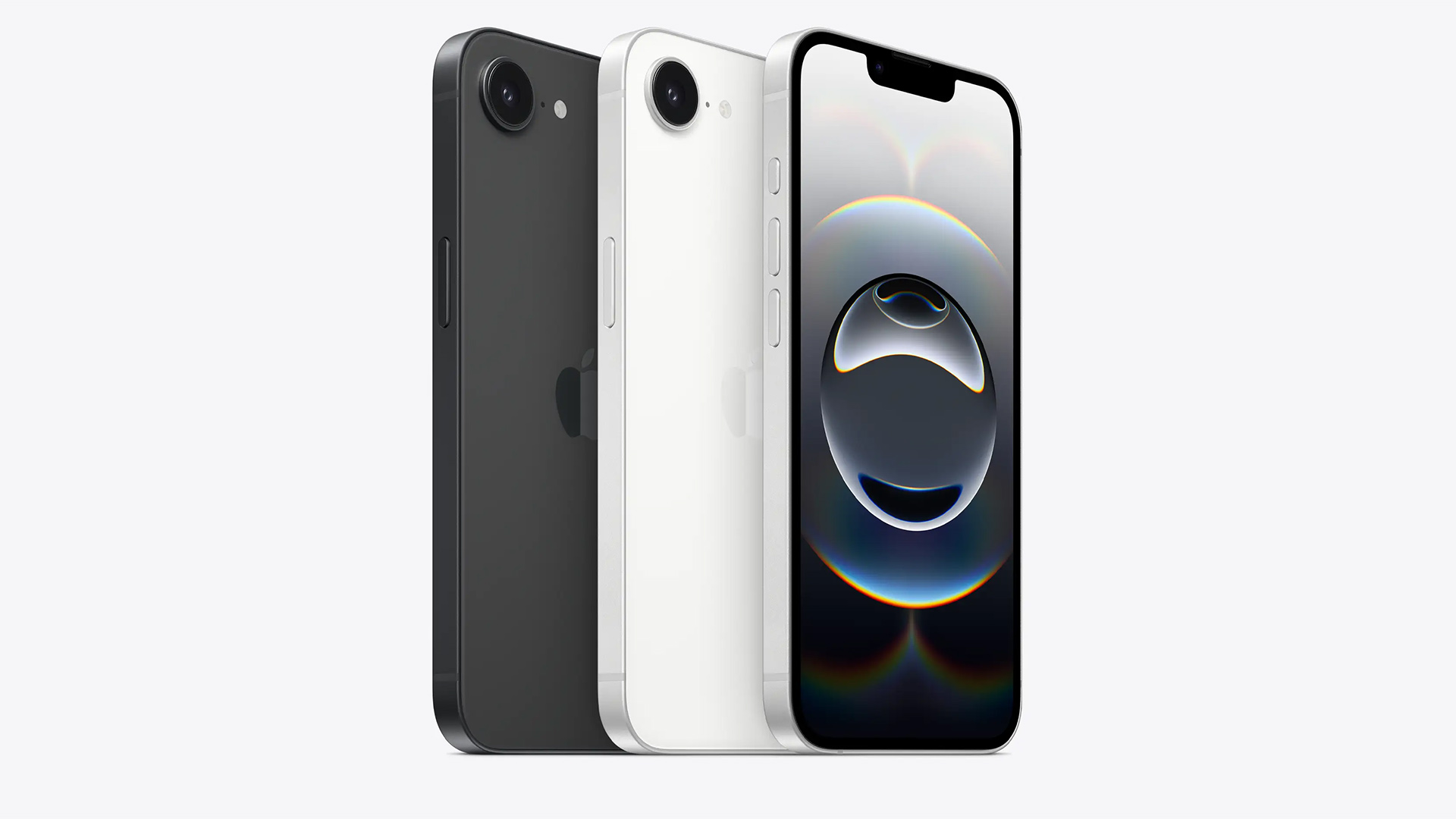 5 must-know iPhone 16e facts and how it compares to iPhone 16
5 must-know iPhone 16e facts and how it compares to iPhone 16Apple's newest iPhone is an interesting addition
By Max Freeman-Mills
-
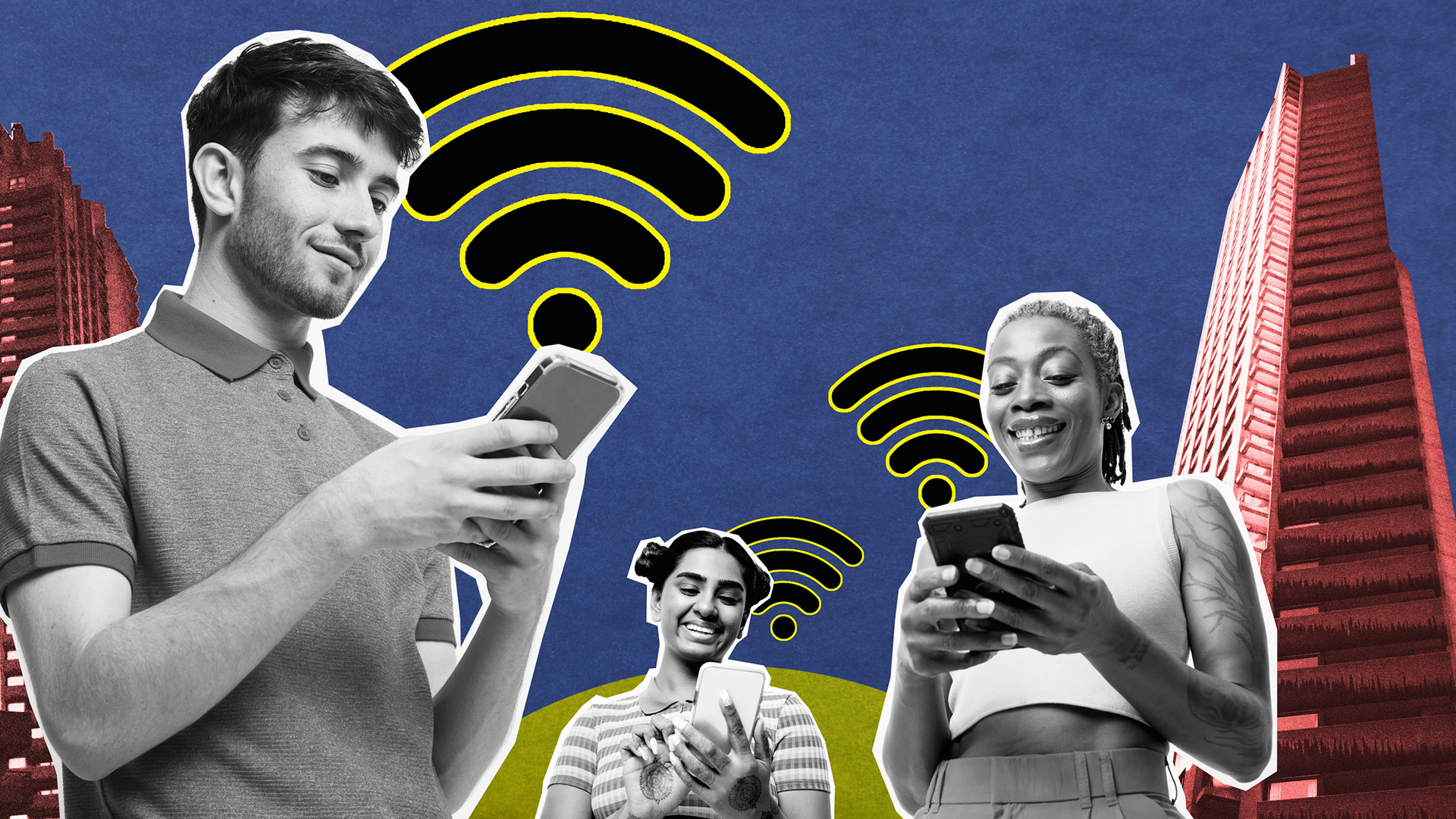 So where’s the promised 5G revolution?
So where’s the promised 5G revolution?Jon Bentley is disappointed that 5G hasn’t transformed the way we live – but he hasn’t given up hope just yet
By Jon Bentley
-
 The best new camera phone might not be from Samsung or Apple
The best new camera phone might not be from Samsung or AppleOppo's making a big push for its next phone
By Max Freeman-Mills
-
 I tried the iPhone 16 Pro on safari – now I want one for the huge camera upgrade
I tried the iPhone 16 Pro on safari – now I want one for the huge camera upgradeThe iPhone 16 Pro's zoom boost is a game-changer
By Max Freeman-Mills
